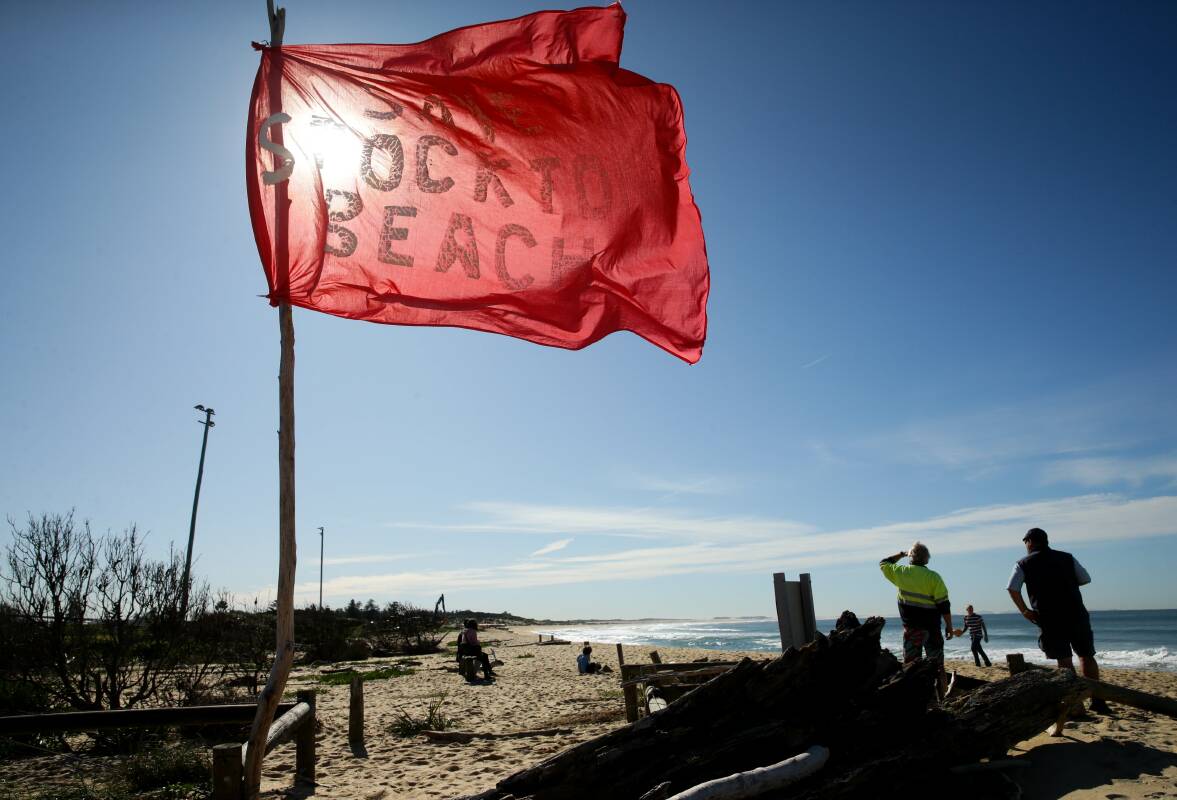
SAVING Stockton beach has been swept up in a stand-off between City of Newcastle and the NSW government, as further emergency works get underway to protect the fast disappearing coastline.
Work on a critical offshore sand nourishment plan to place an initial 2.4 million cubic metres of sand on the beach has been stalled due to a disagreement over who should be responsible for the project.
City of Newcastle has been at loggerheads with the NSW government for more than two years, unable to resolve a dispute over who should apply for a mining licence to extract the sand.
A meeting of the Deputy Premier's Stockton Beach Taskforce, the first since Paul Toole took office, was hoped to resolve the issue on Thursday, as costs and timelines continue to spiral further out of control as the erosion worsens.
In the lead up to the meeting City of Newcastle made its position clear, issuing a media release on Tuesday calling on the NSW government to take ownership of the project and develop a state-wide approach to sustainable sand nourishment to assist all NSW councils.
But it's understood the NSW government is refusing to apply for the licence, due to a conflict of interest because it is also the mining regulator.
The meeting failed to resolve the issue and council agreed to meet with the NSW government's Hunter and Central Coast Development Corporation (HCCDC) in an effort to find a solution.
On Thursday night, City of Newcastle doubled down on its call for the State Government to take control of the project.
"Following the NSW government's confirmation of potential offshore sand sources, City of Newcastle has written to the Deputy Premier's Stockton Beach Taskforce proposing that obtaining sand for mass nourishment should be the responsibility of the NSW government," a spokeswoman said.
"This includes all remaining investigations, environmental assessment, and ownership of the mining licence. The state have the resources and expertise in a Marine Infrastructure delivery organisation, dredging and mining licences, this cannot be cost-shifted onto ratepayers."
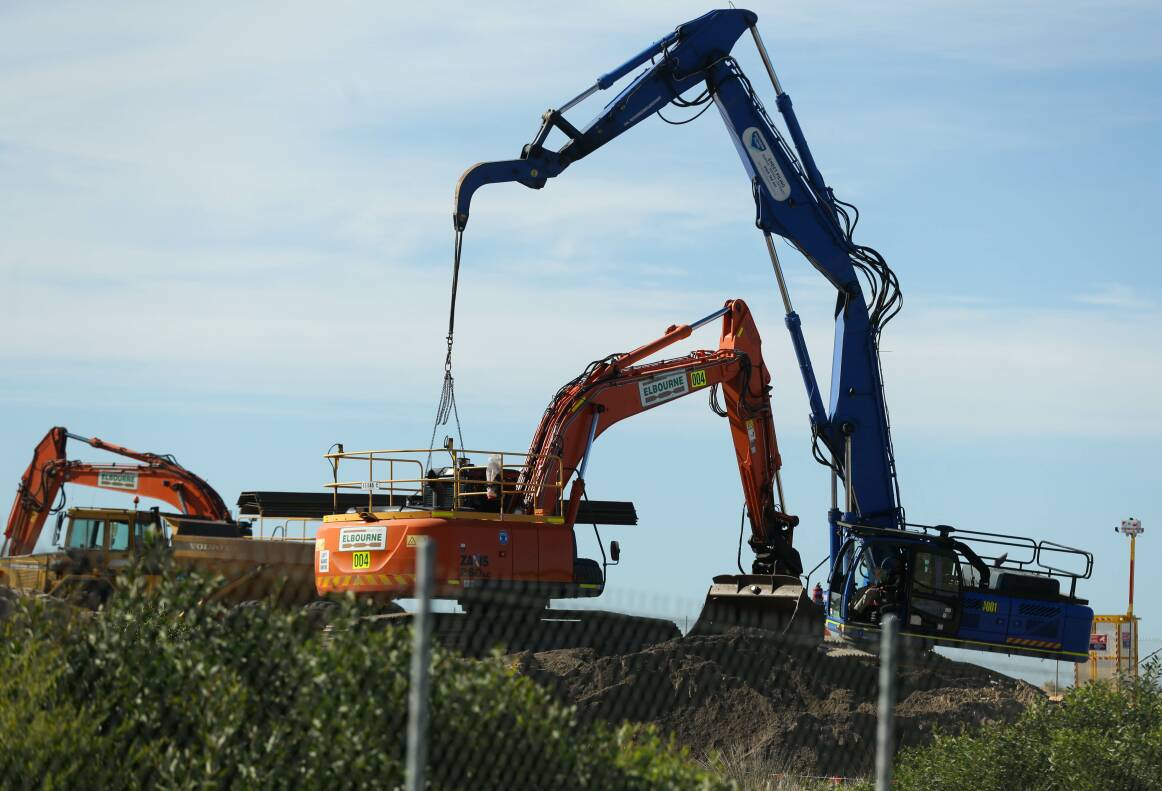
In response, a spokeswoman for the Deputy Premier Mr Toole said he remained committed to working with council to find a long-term solution for the beach.
The Herald reported in March 2020, that the state government was waiting on City of Newcastle to apply for the sand mining licence.
Then deputy premier John Barilaro said the government's hands were tied until the council applied for the licence. Mr Barilaro wrote to Newcastle lord mayor Nuatali Nelmes in February 2020, informing her "the fastest way to progress the proposal to extract sand offshore is for the council to urgently seek development consent".
Council chief Jeremy Bath responded days later detailing concerns about how long the process would take and asked the State Government to identify suitable offshore sand sources, which it did in August last year.
Mr Toole's spokeswoman said on Thursday that a long-term solution for beach renourishment required collaboration from "all levels of government".
"The NSW government has already spent close to one million dollars to survey sand sources off Stockton beach, while agency staff within the Department of Regional NSW continue to support the Deputy Premier's Taskforce and the work it is doing," she said.
In February, the NSW government banned offshore mining and exploration for petroleum, coal and other resources in waters off the state's coastline.
But Mr Toole said sand mining for the purposes of preventing coastal erosion and restoring sand to beaches will continue "where a clear public benefit exists".
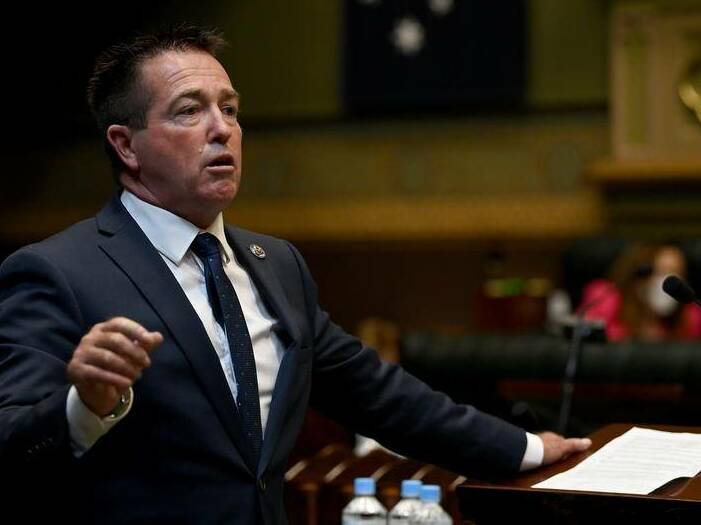
As the question of who will apply for the licence lingers, City of Newcastle and Hunter Water continue to spend millions on temporary works in desperate attempts to halt the erosion.
In April, the Newcastle Herald reported that sea water was lapping at the foundations of Meredith Street houses on the north end of the Stockton peninsula and Corroba Oval was inundated after a storm swell and high tide sent waves crashing over the eroded dunes and Mitchell Street rock wall.
As the cost of temporary works continue to mount, the NSW government confirmed it recently applied for a federal government grant from the Coastal and Estuarine Risk Mitigation Program, which provides funds to assist communities to tackle disasters relating to coastal hazards.
It's understood the application, worth $6 million, is being sought to dredge 300,000 cubic metres of sand from the entrance of Newcastle Harbour to place on Stockton beach as another temporary solution.
This would be in addition to the annual 25,000 cubic metres of sand dredged from the harbour by the Port of Newcastle and dumped off Stockton coast to assist with sand renourishing.
But it's a drop in the ocean of what is needed.
Experts estimate between 1.8 million and 4.5 million cubic metres of sand is required to renourish the beach from the breakwater to the Hunter Water land north of Corroba Oval.
According to City of Newcastle's consultants Bluecoast Engineers, the beach is losing 112,000 cubic metres of sand each year.
Fifth-generation Stockton resident Lucas Gresham said the community was fed up with constant delays as each storm strips more sand from the beach, threatening homes, roads, infrastructure, parks and the caravan park.
"If you just patch things up all the time, it's going to cost a phenomenal amount of money," he said.
"We're talking about the world's most expensive band aids, it's ridiculous.
"We just need some action on a real solution before we've spent the same amount on band aids that won't last."

Newcastle MP Tim Crakanthorp, who is a member of the Deputy Premier's taskforce, said he was "sick of the talking" about the mining licence.
"I'm getting more and more frustrated with this process. I know the community is too," he said.
"I want a final decision on who will apply for this licence. I just want the licence application done and sand back on the beach."
On Thursday, City of Newcastle issued a letter to Mitchell St residents informing them it would start work in August on further temporary works to protect the beachfront road and homes.
This includes placing another 150 rock bags along the beach to shore up the existing rock walls, which are increasingly being outflanked by erosion.
City of Newcastle has spent more than $10 million combatting erosion at Stockton and its 2021-22 budget allocated a further $7.775 million towards immediate risk and ongoing management.
At the same time, Hunter Water is continuing its $6.7 million project at the northern end of the beach, near Corroba Oval, to contain an historic landfill site that has been exposed by erosion.
Another 1500 tonnes of landfill waste, including asbestos, is being removed from the old tip site so it does not wash into the ocean.
Hunter Water built a temporary sandbag seawall in front of the old landfill site in 2019.
Dr Ian Taggart, a research associate at the Newcastle University School of Engineering and a Stockton resident, said time was running out for Stockton.
"Our recession rates are horrendous," he said. "We have run out of land to give, the next thing to go is going to be infrastructure and crown land. We have literally run out of beach to give."
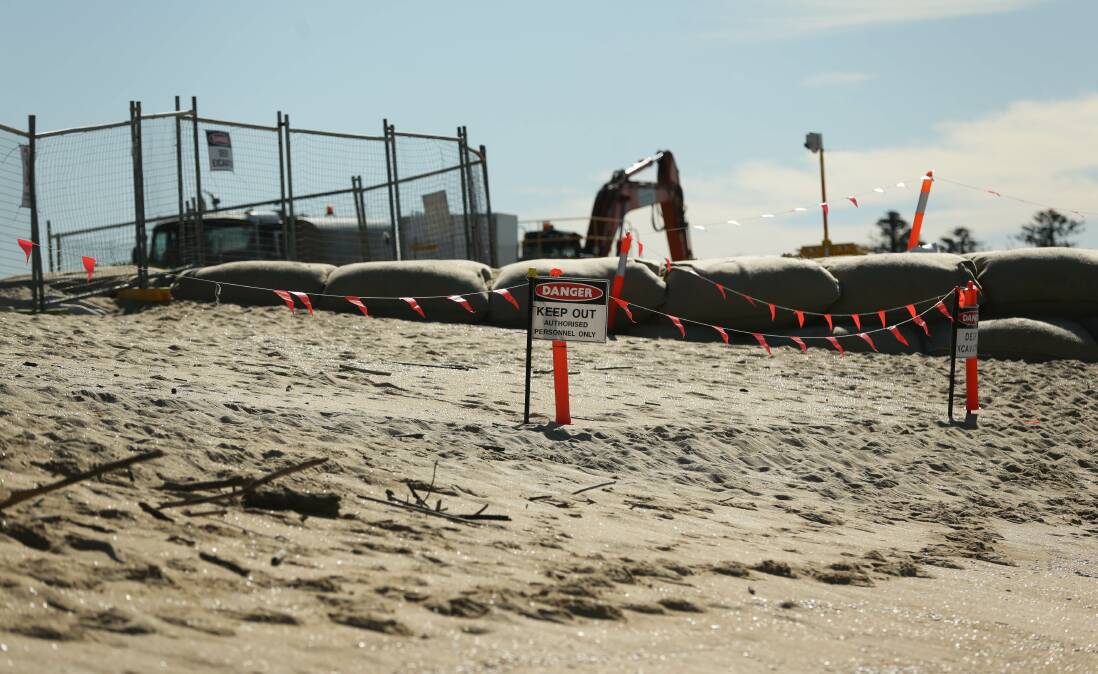
Lord mayor Nuatali Nelmes said Newcastle wouldn't be the only council to identify sand nourishment as a solution to managing coastal hazards.
"A sustainable sand nourishment program which is developed and led by the NSW government would provide significant efficiencies and economies of scale for local councils," she said.
"We would like to see the NSW government lead the collaborative effort that is needed across the state to develop a sustainable sand nourishment program including approvals and ownership of licencing for possible offshore sand extraction".
In April last year, the state government signed off on council's much-anticipated Stockton Costal Management Plan (CMP), which was the first such program to be certified under NSW's Coastal Management Act.
It put forward offshore sand nourishment as the only viable solution to get enough sand back on the beach, but it did not provide a pathway to mass sand nourishment.
The plan recommended spending $19 million over five years to address the erosion.
The majority of money, more than $12 million, was slated to be spent on building new seawalls, extending and maintaining the existing two rock walls and planning future seawalls.
Due to NSW's marine dredging ban, designed to lock out companies seeking construction sand for concrete, offshore sand nourishment could not be officially costed in the CMP's proposed actions.
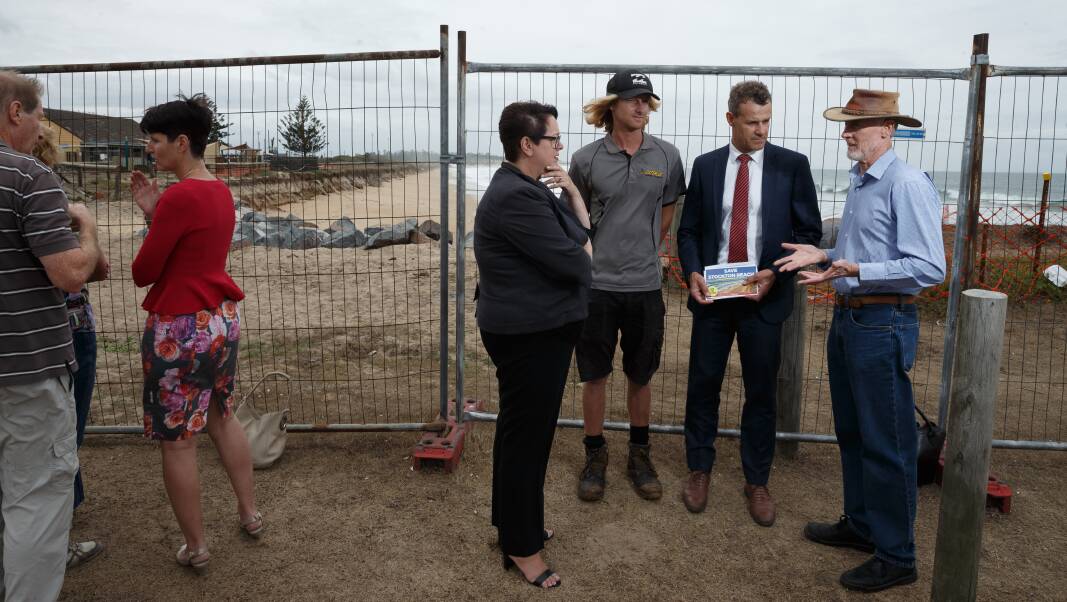
The project would set a precedent for using offshore dredging for sand nourishment in NSW and would likely be adopted by other councils as a method of dealing with coastal erosion.
Under current legislation, offshore sand is classified as a mineral and its exploration and recovery from NSW coastal waters requires an exploration licence and mining licence respectively.
An exploration licence to identify suitable sand was granted in July 2021, funded from $1 million announced by the NSW government for Stockton beach in March 2020.
The Geological Survey of NSW, in the Department of Regional NSW, identified a 60-square kilometre survey area as the largest nearby offshore sand resource and found three suitable sources, the "inner-shelf plain sand sheet, old barrier sands and Hunter River sands".
A City of Newcastle spokeswoman said work was underway to extend the Stockton CMP to cover the area north of Corroba Oval to the boundary of the Newcastle local government area.
She said council was working with the NSW government on the federal grant application for $6 million.
"If successful, HCCDC will be the lead agency, both in identifying and project managing 300,000 cubic metres of sand extracted from the harbour for Stockton beach nourishment, funded by City of Newcastle and the federal government."
In 2017 an offshore dredging program saw three million cubic metres of sand pumped onto Gold Coast beaches to combat erosion partially caused by the Tweed River breakwaters.
It took about four months, cost $13.9 million and moved enough sand onto five beaches to fill 15,000 Olympic swimming pools and is expected to last 15 years.







